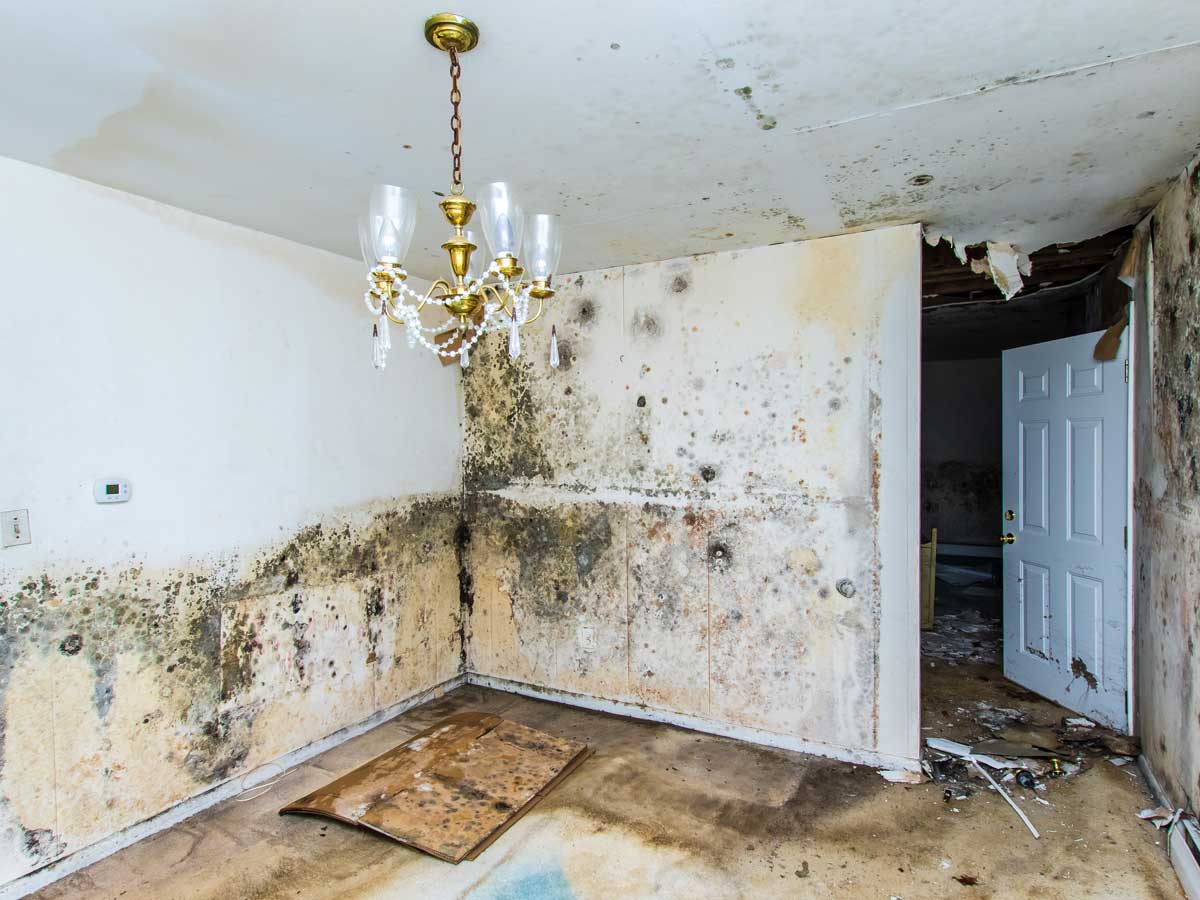We have unearthed this great article pertaining to Ways to Reduce The Risk Of Fire And Water Damage down the page on the net and thought it made good sense to discuss it with you on my blog.

Though water provides life, water breach on parts where it's not meant to be can cause damages. If the water soaks right into your framework, it can peel away surfaces and wear down the foundation. Mold and mildew and mildew likewise prosper in a moist setting, which can be unsafe for your wellness. Residences with water damages scent musty and old.
Water can come from many resources such as tropical cyclones, floods, burst pipelines, leaks, as well as sewage system problems. In case you experience water damage, it would certainly be great to know some security preventative measures. Right here are a few standards on how to manage water damage.
Do Prioritize Residence Insurance Policy Coverage
Water damages from flood because of hefty winds is seasonal. Nevertheless, you can additionally experience an unexpected flooding when a malfunctioning pipeline all of a sudden ruptures right into your home. It would certainly be best to have home insurance that covers both acts of God such as all-natural tragedies, and emergencies like broken plumbing.
Don't Forget to Turn Off Utilities
In the event of a catastrophe, specifically if you reside in a flood-prone location, it would be recommended to shut off the main electrical circuit. This removes power to your whole residence, protecting against electric shocks when water is available in as it is a conductor. Furthermore, don't neglect to switch off the primary water line shutoff. Furnishings will relocate about as well as create damage when floodwaters are high. Having the major valve shut down stops further damage.
Do Remain Proactive and also Heed Weather Informs
Tornado floods can be extremely unforeseeable. Stay proactive and also ready if there is a history of flooding in your neighborhood. Listen to emptying warnings if you live near a creek, lake, or river . Obtain prized possessions from the first stage as well as basement, then put them on the greatest feasible level. Doing so reduces possible building damages.
Don't Ignore the Roofing System
You can stay clear of rainfall damage if there are no holes and also leakages in your roofing. This will avoid water from flowing down your wall surfaces as well as soaking your ceiling.
Do Pay Attention to Tiny Leaks
A burst pipe doesn't happen over night. You may observe gurgling paint, peeling off wallpaper, water streaks, water stains, or trickling sounds behind the wall surfaces. Have your plumbing repaired prior to it results in huge damages.
Do Not Panic in Case of a Ruptured Pipe
Keeping your presence of mind is important in a time of crisis. Panicking will only compound the trouble due to the fact that it will certainly stifle you from acting fast. When it concerns water damage, timing is vital. The longer you wait, the even more damages you can expect. Hence, if a pipe bursts in your home, quickly turned off your main water shutoff to cut off the resource. Disconnect all electrical outlets in the area or transform off the circuit breaker for that part of the residence. Finally, call a reputable water damage reconstruction specialist for help.
Water provides life, water invasion on parts where it's not expected to be can result in damages. Houses with water damage smell old and stuffy.
Water damage from flood dues to heavy winds is seasonal. You might observe bubbling paint, peeling wallpaper, water touches, water spots, or dripping audios behind the wall surfaces. When it comes to water damage, timing is essential.
Some Do's & Don't When Dealing with a Water Damage
DO:
- Make sure the water source has been eliminated. Contact a plumber if needed.
- Turn off circuit breakers supplying electricity to wet areas and unplug any electronics that are on wet carpet or surfaces
- Remove small furniture items
- Remove as much excess water as possible by mopping or blotting; Use WHITE towels to blot wet carpeting
- Wipe water from wooden furniture after removing anything on it
- Remove and prop up wet upholstery cushions for even drying (check for any bleeding)
- Pin up curtains or furniture skirts if needed
- Place aluminum foil, saucers or wood blocks between furniture legs and wet carpet
- Turn on air conditioning for maximum drying in winter and open windows in the summer
- Open any drawers and cabinets affected for complete drying but do not force them open
- Remove any valuable art objects or paintings to a safe, dry place
- Open any suitcases or luggage that may have been affected to dry, preferably in sunlight
- Hang any fur or leather goods to dry at room temperature
- Punch small holes in sagging ceilings to relieve trapped water (don't forget to place pans beneath!); however, if the ceiling is sagging extremely low, stay out of the room and we'll take care of it
DO NOT:
- Leave wet fabrics in place; dry them as soon as possible
- Leave books, magazines or any other colored items on wet carpets or floor
- Use your household vacuum to remove water
- Use TV's or other electronics/appliances while standing on wet carpets or floors; especially not on wet concrete floors
- Turn on ceiling fixtures if the ceiling is wet
- Turn your heat up, unless instructed otherwise

I hope you liked our excerpt about Safety Tips To Prevent Fire And Water Damage. Thanks a lot for taking time to browse our piece. You should take a moment to promote this write-up if you enjoyed reading it. I love reading our article about What You Can Do At Home To Prevent Fire And Water Damage.
Comments on “Do's & Don'ts of Water Restoration.”